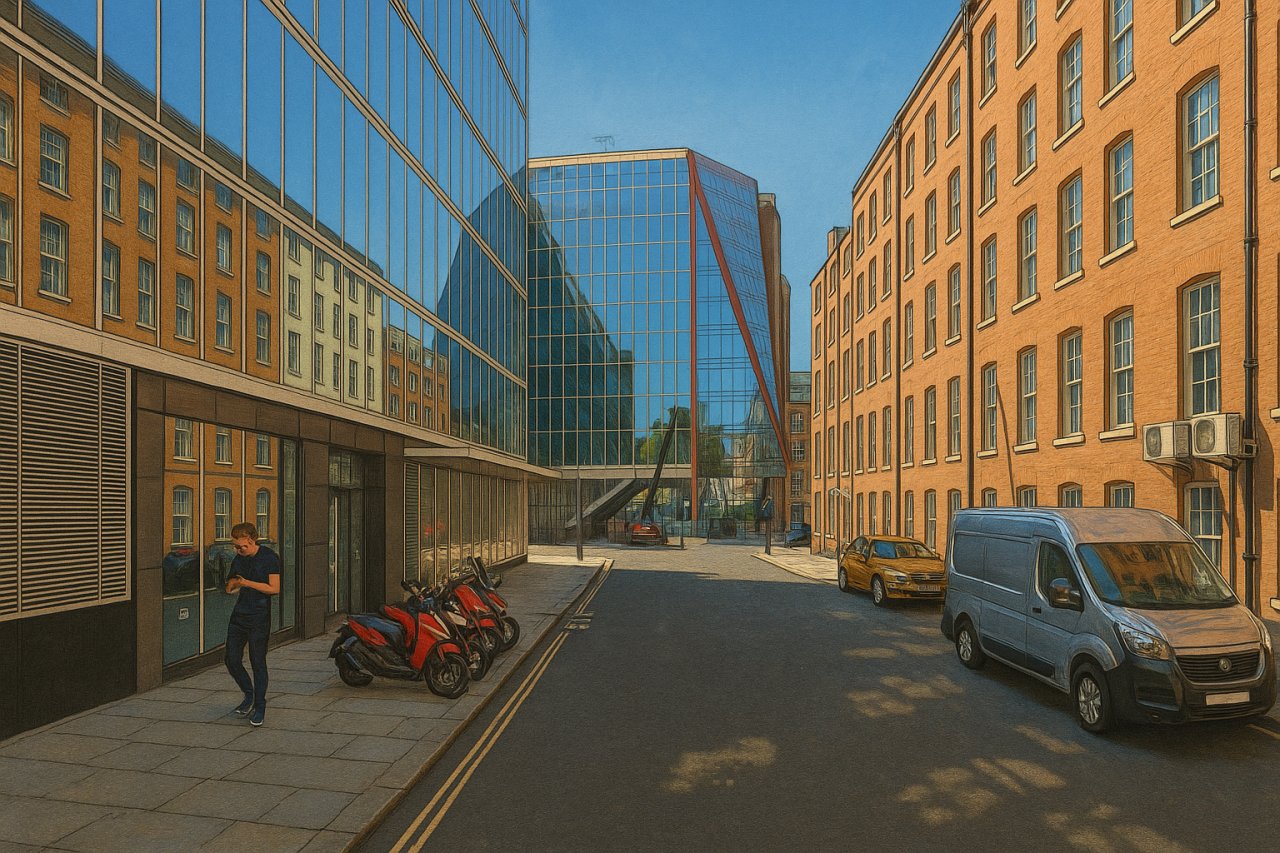
Warwick Row, London
Warwick Row is a discreet and charming street tucked away in the heart of Westminster, just moments from the bustling activity of Victoria. Despite its central location, this short road offers a surprisingly tranquil setting with a unique character shaped by its cul-de-sac layout and pedestrian-only northern access.
Overview and Layout
Warwick Row is a minor road in the City of Westminster, located just off Bressenden Place. It stretches for only about 80 metres (approximately 262 feet) before culminating in a cul-de-sac. The road is exclusively accessible by vehicles from Bressenden Place. There is no vehicle access at its northern end.
At the northern tip, a pedestrian staircase provides a convenient connection to Palace Place, allowing foot traffic to flow north-south even though vehicles cannot continue. This quiet shortcut is a little-known gem among local residents and adds to the walkable charm of the area.
History and Naming
Warwick Row was laid out in the early 19th century, during a period of rapid urban development in what was then considered the semi-rural outskirts of Westminster. As Victoria Station and surrounding infrastructure developed later in the 19th century, the area became increasingly urbanised.
The street's name is believed to derive from the Warwick family, a noble house historically associated with England’s aristocracy. The name Warwick is pronounced ‘WORR-ick’, omitting the second syllable, and is transcribed in the International Phonetic Alphabet as /ˈwɒrɪk/. 
Character and Ambience
Today, Warwick Row is characterised by a sense of seclusion rarely found in central London. The cul-de-sac format reduces through-traffic and noise, giving the street a more residential and intimate atmosphere. It is lined by a mix of period and post-war buildings, with a combination of commercial premises at the southern end and residential flats or offices further north.
Architecturally, the road doesn’t present a grand façade, but it offers an authentic sense of urban quietude in one of the busiest parts of London. Its proximity to landmarks and transport hubs make it a practical base for office space, small businesses, and pied-à-terre residences.
Nearby Sights and Attractions
Warwick Row benefits from being just around the corner from a host of famous London landmarks, including:
- Westminster Cathedral – One of London’s most striking places of worship, just a short walk to the south.
- Victoria Palace Theatre – A long-standing entertainment venue known for hosting major West End productions.
- Cardinal Place – A modern shopping and dining complex nearby, home to several popular restaurants and retail outlets.
- St James’s Park – Located just to the north, this is one of London’s most iconic green spaces and a favourite for both locals and tourists.
Real Estate and Property Prices
As of early 2025, real estate in Warwick Row is priced slightly below the immediate high-end neighbours of Victoria Street and Belgravia, though still above the London average. Residential units here are limited in number and tend to be converted flats or small offices.
Recent sales suggest an average price of £1.1 million for a two-bedroom flat (approx. 850 sq ft or 79 sq m), which is competitive for the SW1 postcode. Rental properties command £3,200–£3,800 per month for similar sizes, depending on amenities and condition.
Transport Connections
Nearest London Underground Stations
- Victoria Station – 3 minutes’ walk south-east. Served by the Victoria, District and Circle lines.
- St James’s Park – Around 6 minutes’ walk to the north-east. Served by the District and Circle lines.
Nearby Bus Stops
The closest bus stops are located on Bressenden Place and Victoria Street, providing access to numerous routes, including:
- Routes 11, 24, 148, 211, and 507
- Night services including N11 and N44
These connections make Warwick Row exceptionally well-placed for commuters, tourists, and residents alike.
Fun Fact
Although Warwick Row may appear unremarkable at first glance, it once played host to the rear access and offices of major government contractors during the 20th century. The proximity to Victoria and Whitehall made it an ideal site for wartime and postwar logistical operations—though much of this history has now faded from view.
Quick Facts
- Location: Westminster, off Bressenden Place
- Length: Approx. 130 metres (430 feet)
- Traffic: One-way entry from Bressenden Place; ends in a cul-de-sac
- Pedestrian Access: Stairs connect to Palace Place at the north
- Name Origin: Named after the noble Warwick family
- Pronunciation: ‘WORR-ick’ /ˈwɒrɪk/
- Nearest Tube: Victoria (Victoria, Circle, District lines)
- Nearby Buses: 11, 24, 148, 211, 507, N11, N44
- Nearby Landmarks: Westminster Cathedral, Victoria Palace Theatre, Cardinal Place
- Average Property Price (2025): £1.1 million for 850 sq ft (79 sq m)
- Character: Quiet, central, with a mix of residential and office use
Map of Warwick Row, London

Painting of Warwick Row, London (View image in full size)